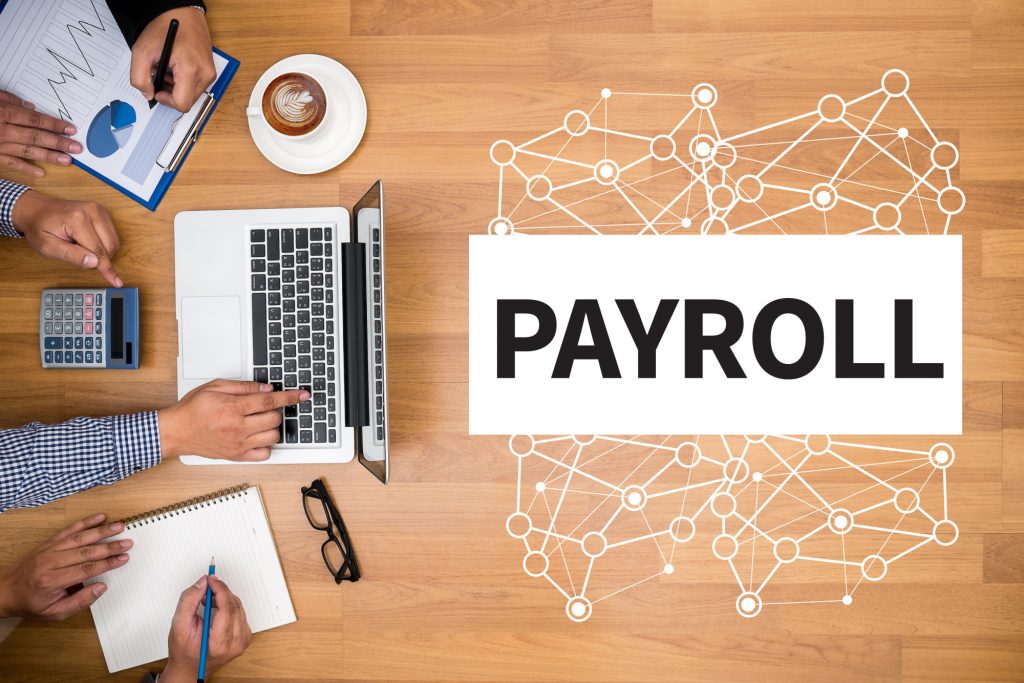What Are Payroll Taxes and Who Has to Pay Them?
Do you know your full tax responsibilities as a business owner? Some business owners are completely up to speed. Others, well…not so much.
One of the tax responsibilities that you may have is payroll taxes. What are payroll taxes? Payroll taxes are the taxes you pay for having employees.
You can’t afford to not paying these taxes. You could be in huge trouble with the IRS, resulting in penalties, fines, or much worse.
Read on to learn exactly what payroll taxes are, how to pay them, and the common mistakes that employers make.
What Are Payroll Taxes?
When a business hires an employee, they have to fill out several forms. One of those forms is a W-4 form.
The employee tells employers how much federal tax should be withheld from their paychecks based on the number of allowances they take. The fewer allowances, the more taxes are withheld.
When you withhold taxes, you have to withhold federal taxes, sometimes state and local taxes, Social Security, and Medicare. Employers match the employee’s contributions to Medicare and Social Security.
It’s the employer’s responsibility to send federal taxes and both portions of Medicare and Social Security to the IRS. State and local taxes are sent to their appropriate departments of revenue.
Payroll Taxes for Contractors
One of the most debated topics today is around the use of contractors instead of hiring employees. For many businesses, they can get important work finished without the cost of hiring staff full time. Contractors have the freedom that they normally wouldn’t have in a 9-5 job.
If your business hires contractors, the contractors are fully responsible for paying their own taxes. You do not need to withhold anything for them.
Governments are keeping a close watch on businesses that classify employees as contractors. That’s because they want to make sure that businesses are paying their full share in taxes. There are some businesses that have deliberately classified employees as contractors to avoid paying payroll taxes.
To protect yourself, you need to make sure that you follow the IRS guidelines and properly classify your staff.
How Do You Calculate Payroll Taxes?
When you calculate payroll taxes, you’ll need to gather your employees’ timesheets and their W-4 forms.
You’ll start by calculating their income for the pay period. For salaried employees, you just divide their annual salary by the number of pay periods in the year.
For hourly employees, you’ll need to multiply the hourly rate by the number of hours worked.
You’ll also need to calculate vacation time and overtime if they apply.
Your next step is to figure out the withholdings and payroll taxes.
For Social Security withholdings, you just calculate 6.2% for the first $132,000 that an employee earns. Remember, the employee pays 6.2% and you match that in payroll taxes.
Medicare withholdings are 1.45% up to $200,000. After that, you withhold an additional .9%. Again, this is matched by you in payroll taxes.
Now, you’ll calculate federal withholdings. This will vary from employee to employee. It depends on how much they earn and how many allowances they claimed on their W-4 form.
Once these are calculated, you have to submit everything to the IRS. This may be done monthly or semi-weekly.
There are also state and local taxes. This will differ based on the state, as some states have a flat tax while others don’t have an income tax at all.
It probably seems very complicated, and it is. The tax code can be very hard to understand, and you can’t afford to make a mistake. You should consider working with a payroll services provider who can lend the expertise and make sure you get it right.
Common Payroll Tax Mistakes
If you do payroll taxes yourself, you could be putting your business in harm’s way and not even realize it. You may opt to do payroll yourself to save money, but an error could cost so much more.
Here are some of the most common errors that are made when it comes to payroll taxes.
Missing Deadlines
How much trouble can you get into if you miss your payroll tax deadlines? As it turns out, a lot!
There is a slight grace period of one day. After that, penalties and interest are assessed. If you’re two days late on your payroll tax payment, you’ll be hit with a 2% penalty.
If you happen to file and pay within 2 to 6 days, you get a 5% penalty. If you’re up to 10 days late, the IRS will assess a 10% penalty.
In other words, you don’t want to miss your deadlines. That’s a lot of money that you’re handing over to the IRS when you could be funding other projects in your business.
Maintain Payroll Records
In case your business is ever audited, you need to submit the proper proof that you withheld the right amount of payroll taxes and submitted the payments to the IRS.
Payroll records are also required to make sure your business is complying with federal and state labor laws.
The typical guidance around keeping payroll records says that you should keep the records on file for about four years.
Don’t Forget About W-2 Forms
At the beginning of each year, you need to create and distribute W-2 forms by January 31. These forms are the year-end totals that detail the income and tax withholdings.
You need to create a copy that is sent to your employee and the other is sent to the IRS.
The World of Payroll Taxes
Okay, that was a lot of information! Let’s recap.
What are payroll taxes? They are a tax that employers have to pay to federal and state tax authorities. They can be difficult to understand, and errors can result in hefty penalties and fines by the IRS.
Your best bet is to work with a payroll service who understands the laws, how to withhold taxes, and submit them to the IRS.
Do you want more business tips? Check out this site often for more articles for business owners.



